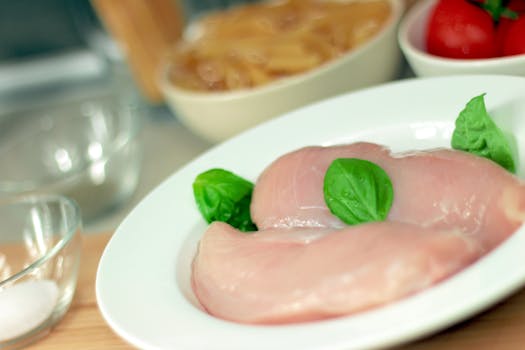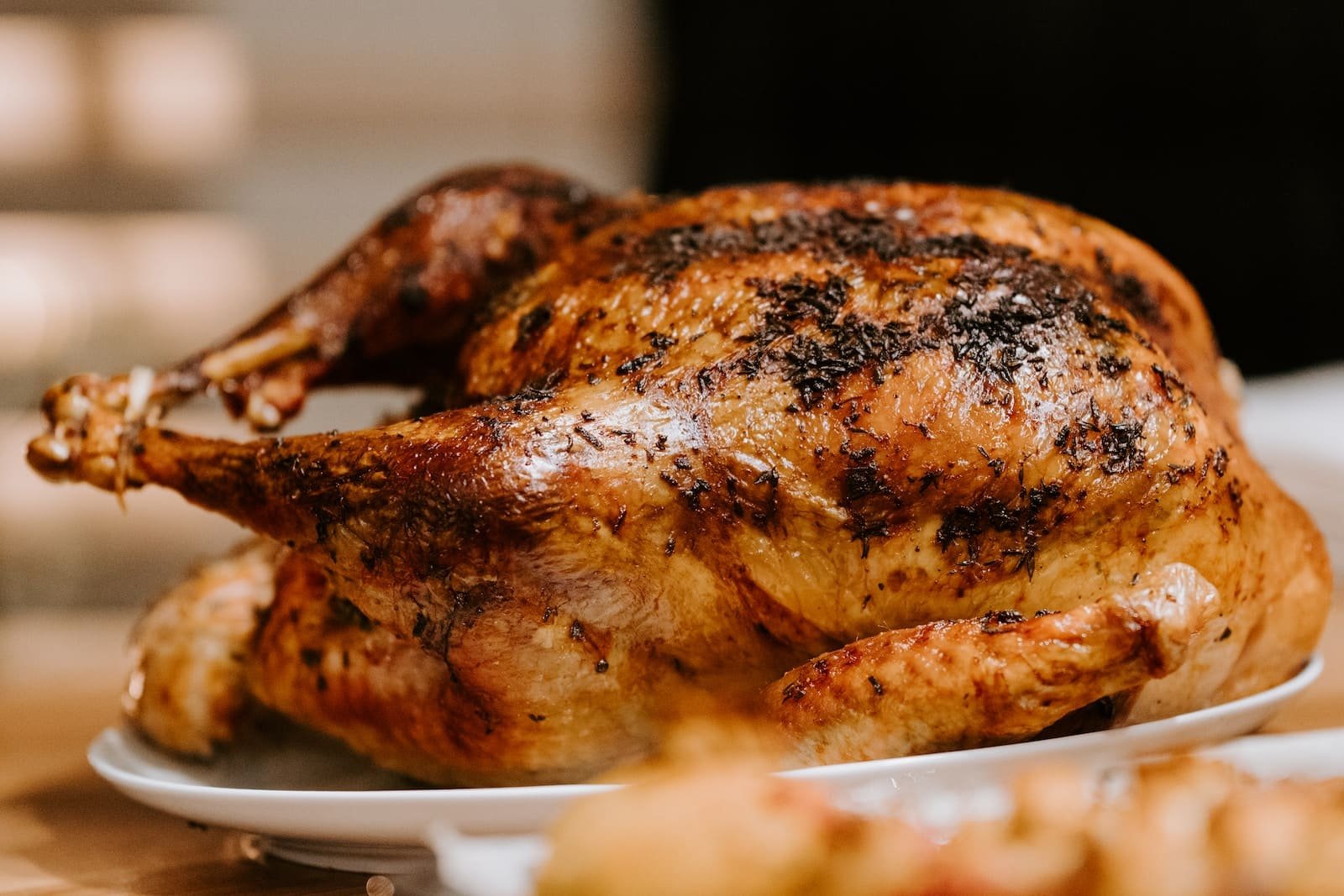According to the Centers for Disease Control and Prevention (CDC), there are an estimated 1 million cases of salmonella infection each year in the United States, with over 19,000 hospitalizations and 380 deaths. Chicken and turkey are common sources of salmonella contamination. As your resident Food Safety Dad, I want to share important tips with you and your family on how to properly thaw chicken to keep your family healthy.
Freezing chicken slows the growth of bacteria, but it does not kill bacteria that may already be present. The danger zone for bacterial growth is between 40°F and 140°F. As chicken thaws, bacteria can quickly multiply if left for too long in the danger zone. Improper thawing leads to cross-contamination, which is when bacteria spread from raw chicken juices onto surfaces, hands, and other foods. Defrosting chicken safely reduces the risk of food poisoning.

The refrigerator method is the safest way to defrost chicken. According to the U.S. Department of Agriculture (USDA), this method keeps the chicken at a safe, constant temperature during the thawing process.
Here are the steps for refrigerator thawing:
The refrigerator method requires advance planning, but it keeps the chicken at 40°F or below. At this temperature, bacteria are inactive so the chicken is safe as it slowly defrosts.
When you forget to thaw chicken in the refrigerator, the cold water method offers a faster thawing time. Here are the recommended steps:
The cold water thawing method requires your full attention, as you must monitor the water temperature and keep draining and refilling to limit bacterial growth. But in a pinch, it thaws chicken 2-3 times faster than the refrigerator method.
Microwaving is the fastest way to defrost chicken when you are really pressed for time. Follow these steps for safe microwave thawing:
The start-stop method of microwave defrosting removes frozen areas gently to limit bacterial growth. But microwaves can begin to cook chicken unevenly. Always cook microwaved chicken immediately until no pink remains and the internal temperature reaches 165°F.
While the methods above are safe, here are some dangerous defrosting methods I recommend you avoid:
Always monitor chicken closely during defrosting and cook it promptly once thawed. The longer chicken lingers in the danger zone, the more bacteria multiply to hazardous levels. Follow the recommendations here for safe thawing every time.
Checking for signs of thawing will help you determine when the chicken is ready to cook:
The thickness of chicken impacts thawing time. Boneless breasts may defrost quite quickly. A whole chicken or turkey takes much longer. Ensure large pieces are fully thawed by checking that the innermost areas are no longer icy or frozen.
Thawing chicken introduces new food safety steps:
By keeping food prep areas sanitized after handling raw chicken, you prevent bacteria from spreading and minimize foodborne illness risks.
To wrap up, here are my top food safety reminders for defrosting chicken:
Following these best practices for defrosting will help keep you and your loved ones safe from food poisoning. Let me know if you have any other food safety questions!


